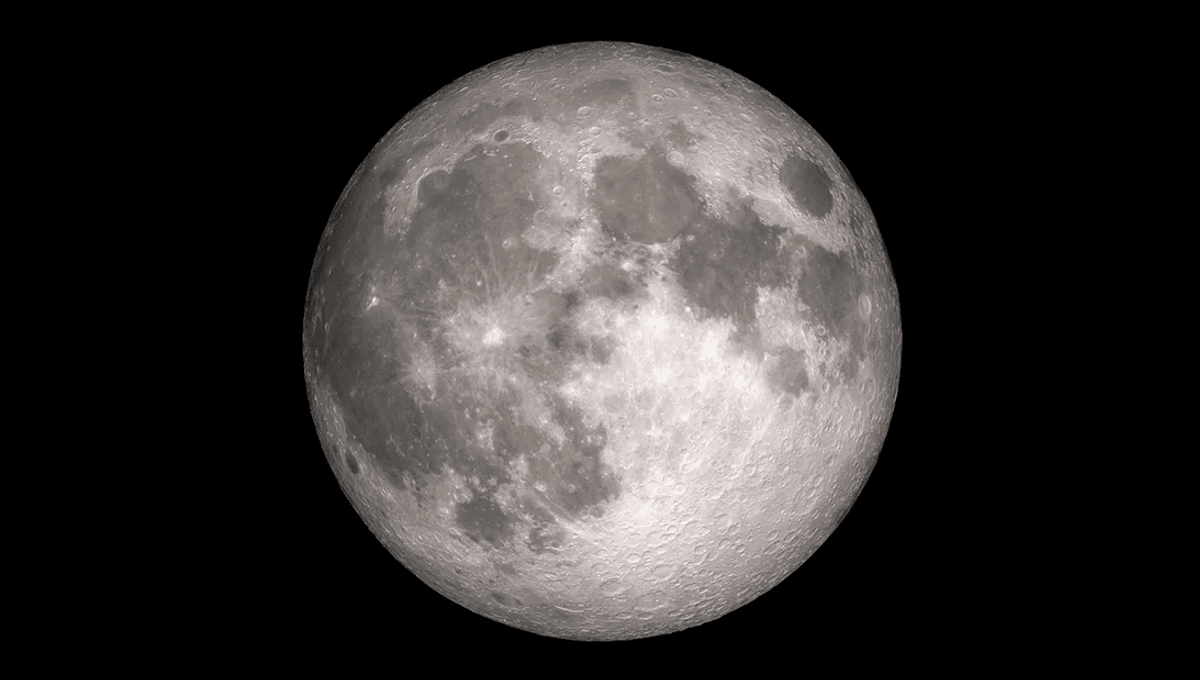
It is the season of the threes when it comes to the night sky. We have three observable comets, all green, in the night sky this October, and over the next few months we will see three supermoons. The first one is just a few days away: the next full Moon is October 7, and it will be the first full Moon that enters the nebulous classification of “supermoon” in 2025.
The rest of this article is behind a paywall. Please sign in or subscribe to access the full content.
The following full Moon is November 5, followed by December 4, making every single full Moon this season a supermoon. While there are on average three or four supermoons every year, it is rarer that they all fall neatly in one season. The next three in a row like that will be in the winter of 2028, with supermoons on January 12, February 10, and March 11.
What is a supermoon?
As mentioned, the definition of a supermoon is nebulous. It has no scientific definition because it was not a scientific term. It was coined by an astrologer, and in a deserved twist, it is the astronomy community that has appropriated it to make people more intrigued by the night sky. Basically, when the full Moon is a supermoon, our natural satellite can appear larger and brighter – up to a 14 percent increase in size and a 30 percent increase in brightness, according to NASA.
This is not to be confused with the Moon illusion, which usually has people on social media asking why the Moon is so big. That one happens when the Moon is low on the horizon, giving the impression that it is massive and much closer than normal. Still, you’ll notice the Moon is unusually brighter and larger.
How does a supermoon happen?
The reason why a supermoon happens is due to the Moon’s orbit. The orbit is not a circle. While the average distance between the Earth and the Moon is 384,400 kilometers (238,900 miles), as the Moon travels around it can get a couple of tens of thousands of kilometers closer or farther away.
The closest point to Earth is called the perigee, and astrophysicist Fred Espenak defined what we call a supermoon as a full Moon that occurs when the Moon is within 90 percent of its perigee. The lunar phase cycle is longer than its orbital period, so the full Moon and the perigee are only close a few times within several months.
The full Moon is also a good chance to take a nice picture, and if you want to capture it with a smartphone, make sure to follow these tricks.
Source Link: It's Supermoons Galore This Fall, With Three Of Them From Next Week Until December 4